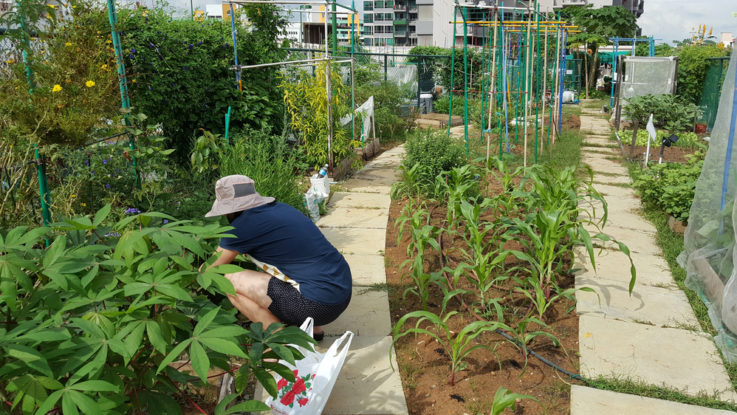
Singapore has the goal of producing 30% of its own food by the year 2030. This presents quite a challenge, as 90% of Singapore’s food currently comes from abroad. A large part of the plan calls for all residents to grow what they can.
“This target took into consideration the land available for agri-food production and the potential advances in technologies and innovation,” said Goh Wee Hou, the director of the Food Supply Strategies Department at the Singapore Food Agency. “Local food production currently accounts for less than 10% of our nutritional needs.”
Only 1% of Singapore’s land is being used for conventional farming, which brings about a great need to grow more with less. The government is giving grants to those who can use technology to yield greater amounts. A new $60 million government fund will be open to applications later this year to provide funding for more agritech business start-up costs.
Along with new, large-scale commercial farm projects, creative urban gardening projects are being introduced:
- Citiponics is a rooftop farm on top of a car park. They created Aqua Organic System (AOS) – a vertical growing system optimized for agriculture sustainability. Their vertical growing towers are now found in Singapore, Malaysia, and China;
- Sustenir Agriculture has an indoor vertical farm design that can be retrofitted into existing buildings. As they say, “Our mission is to change food for good by growing impossible produce in impossible places.” Sustenir specializes in growing food that can’t be produced locally, thus displacing imports and cutting carbon emissions.
- Natsuki’s Garden occupies reused space in a former schoolyard in the city center. It’s greenhouse is custom designed for the tropical climate to allow for better air circulation. They yield 60-80 kg of food per square meter, and specialize in high-quality, heirloom and specialty vegetable and herb varieties that are not typically available.